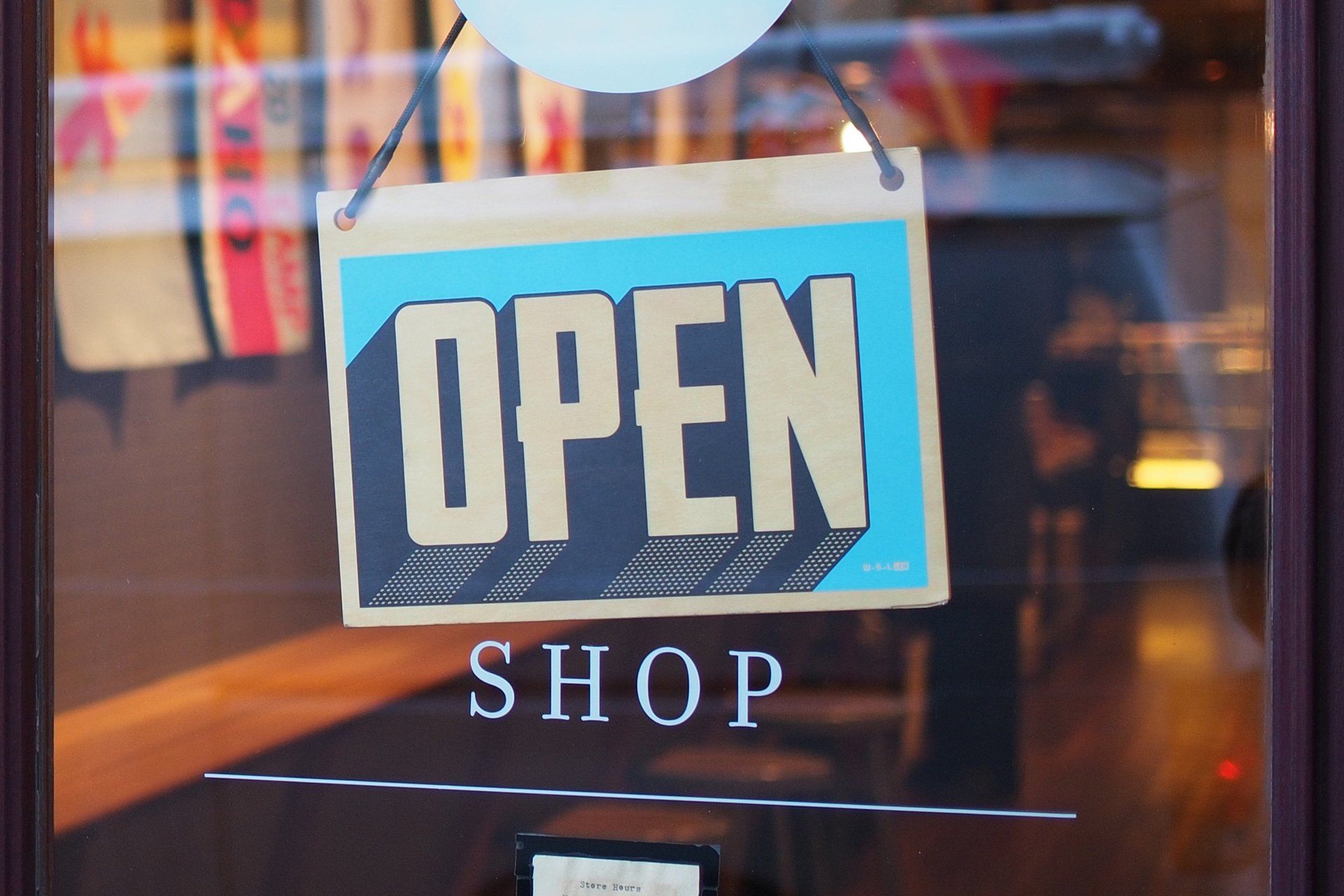
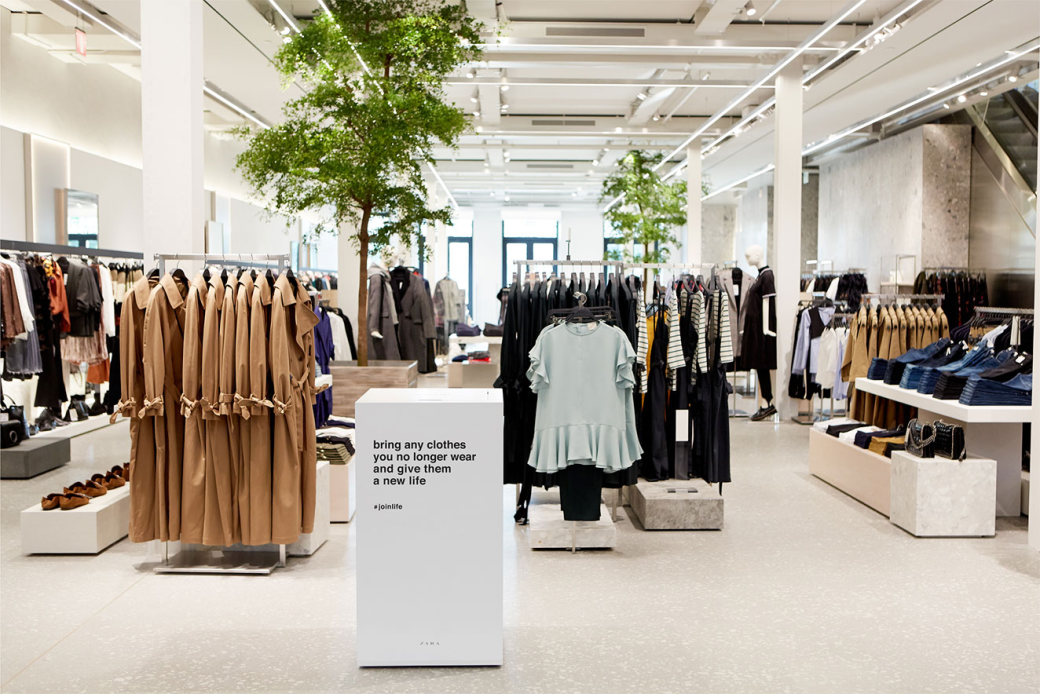
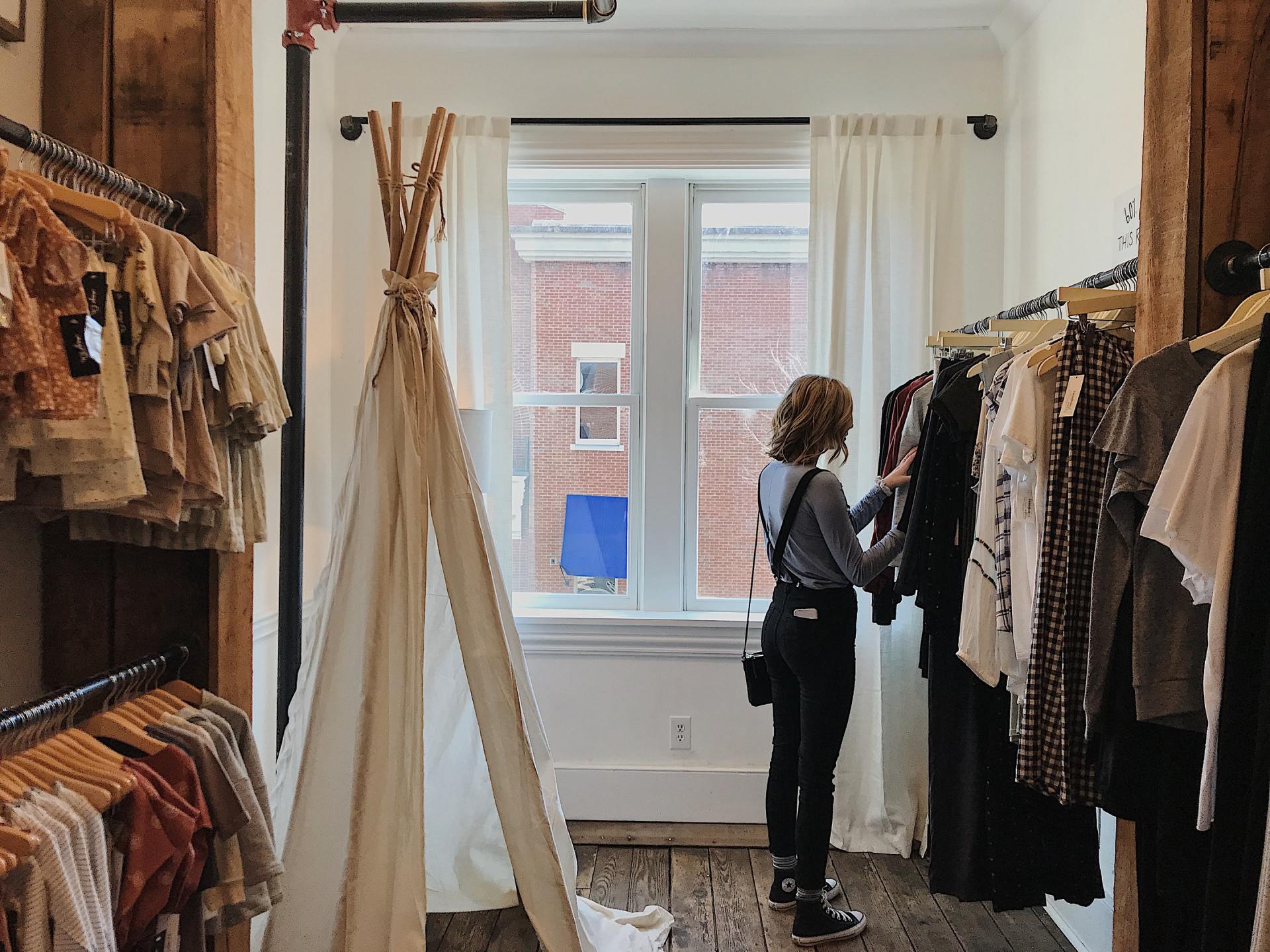
The Case For Convenience. How These Retailers Built Convenience Directly Into Their Brand Experience
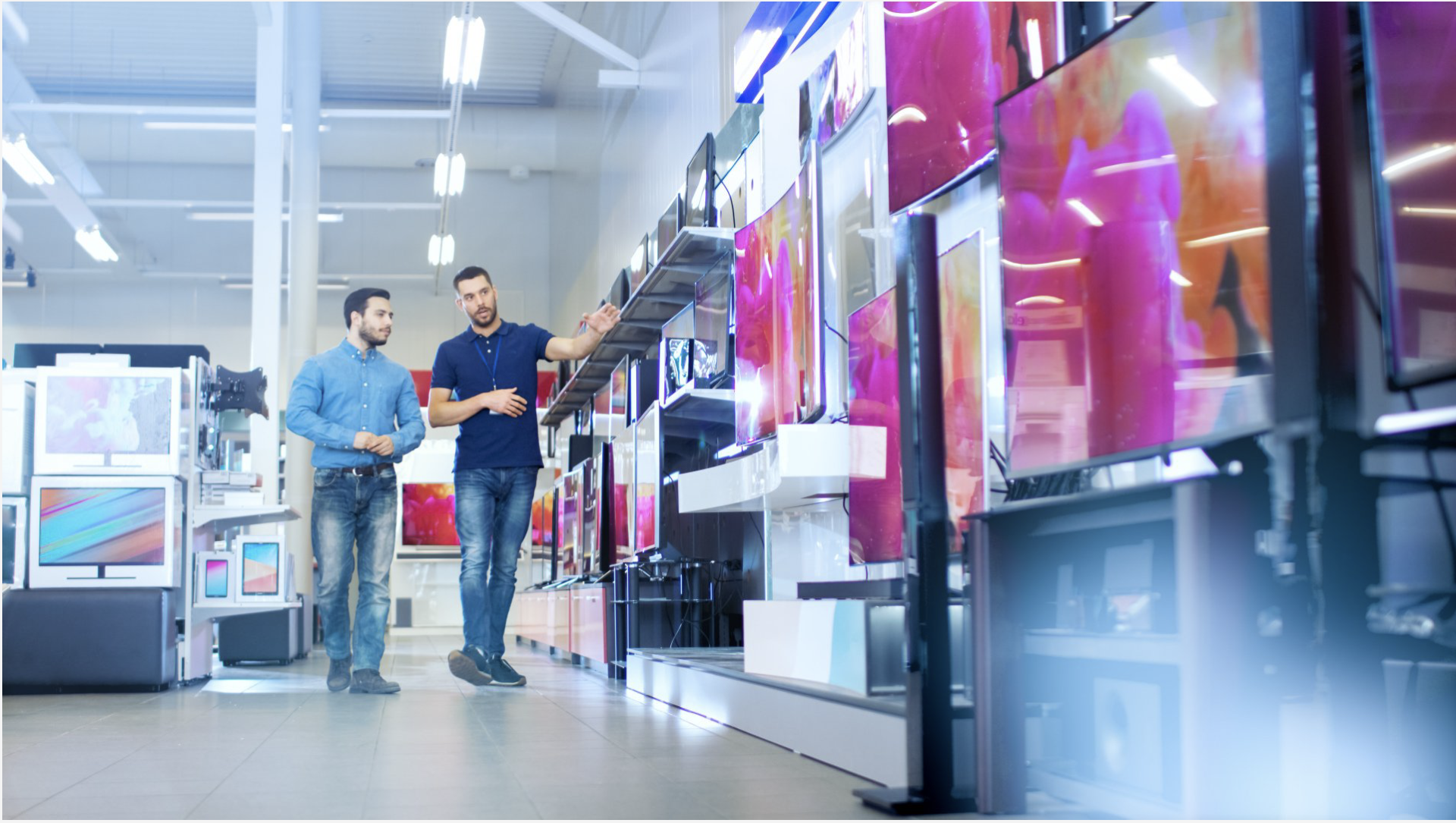
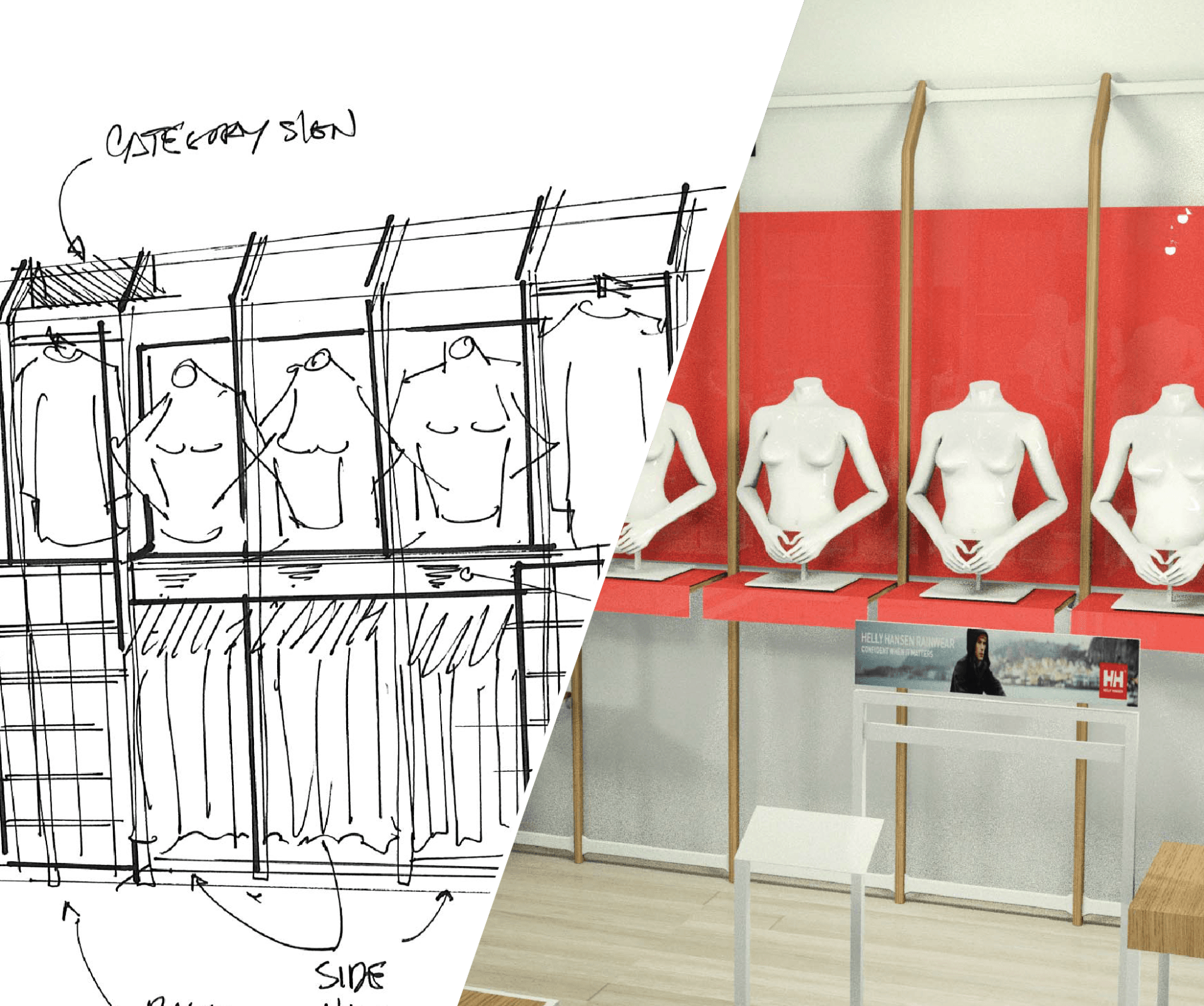
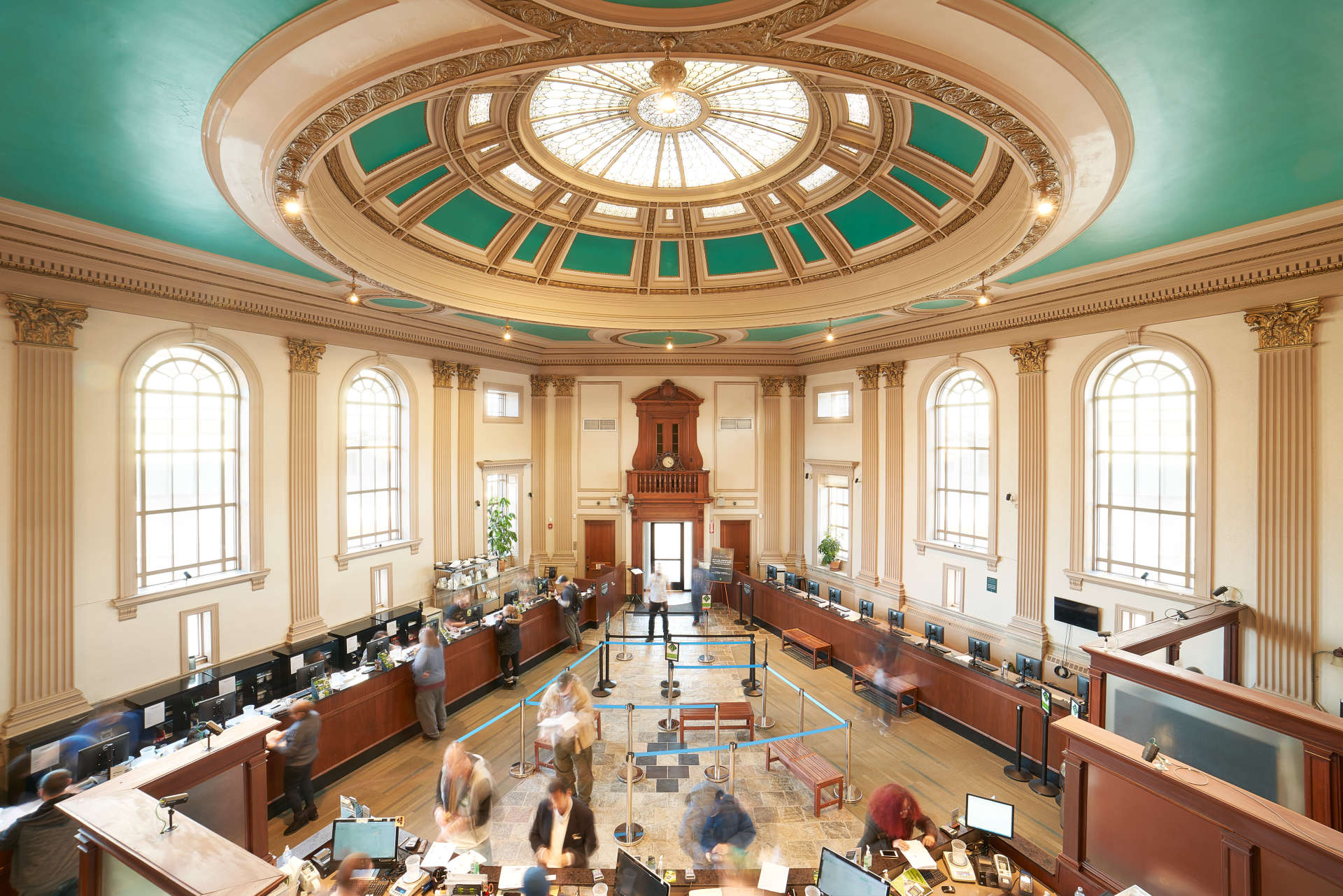
There are a number of elements that play into the store’s ability to retain customers – knowledgeable salespeople, well curated mix of products, and story-telling. One that may not top your list is one of the most powerful elements which is completely within your control: retail environment design.
Your store’s design is the first “salesperson” your customers see. How this environmental “salesperson” engages with your customer is key to establishing and maintaining an ongoing relationship. Fully immersive spaces communicate who the brand is and what makes them unique more so than a website banner ad can. Engage the customer with the design is key to establishing and maintaining a brand loyal relationship.
Here are some questions to help evaluate if you retail environment design is pulling its weight…
To establish relationships and brand loyal customers, retail environments need to be growing and evolving. At Quarter 20, we understand the impact of creative, engaging, and interactive store design to make those customer connections and build loyalty. Let us partner with you to bring your brand into the physical space!





